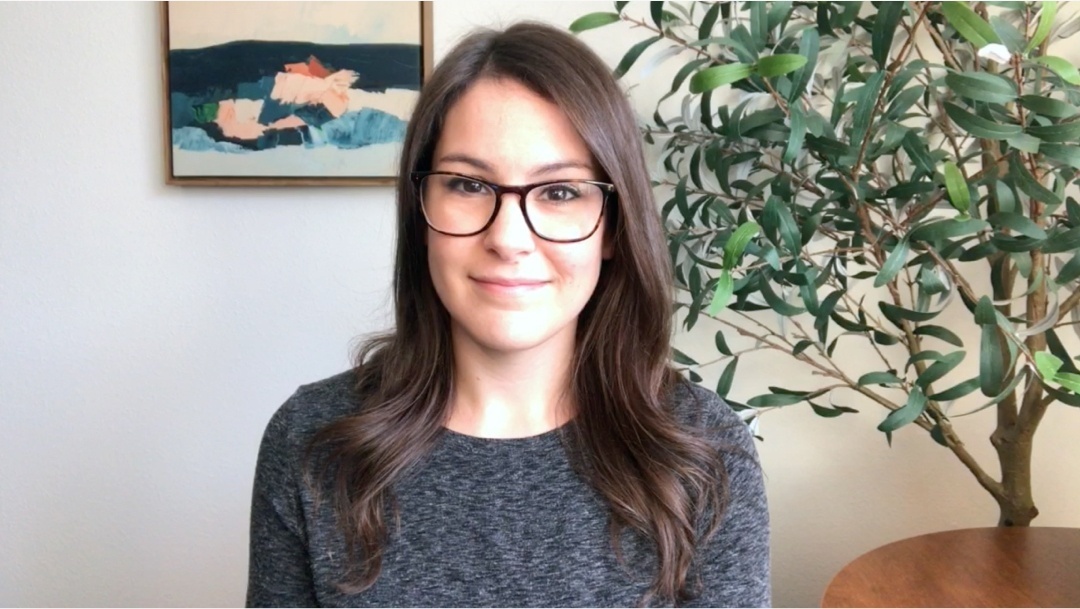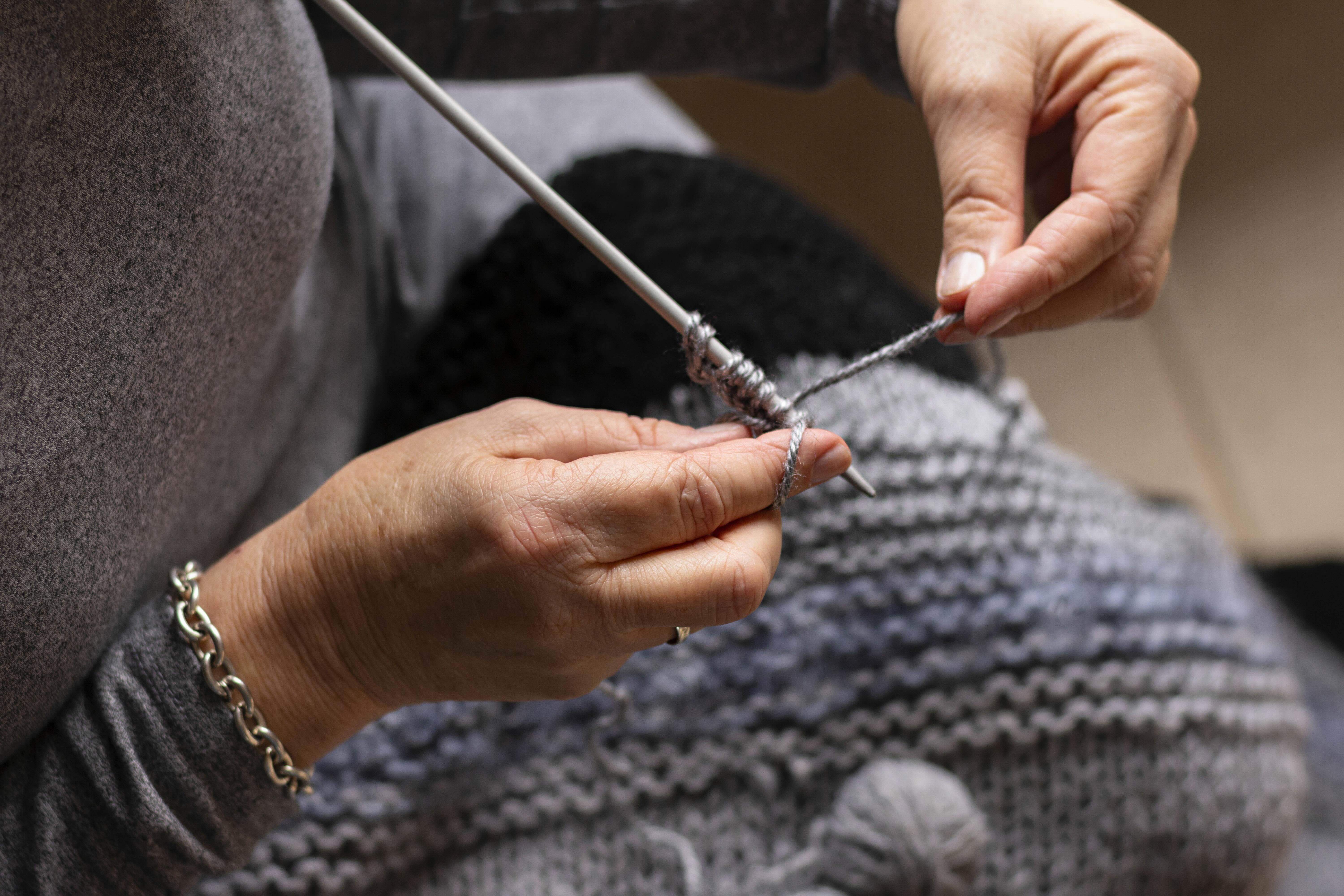Care Blog
Seasonal Affective Disorder (SAD)

With seasonal changes quickly approaching, we must prepare ourselves for the inevitable: Cold, wind, rain, snow, and darkness. With this type of weather pattern emerging, we need to ensure that we are taking the proper steps to keep ourselves healthy and happy. Winter is a time that many people become depressed, lethargic, and moody because of the constant darkness and lack of warmth. A lot of people consider it a case of "winter blues", but it can begin that way in the fall and turn into clinical depression by the middle of winter. We all need to be proactive about this issue and be mindful of certain patterns that we fall into.
Seasonal affective disorder (SAD) is a type of depression that's related to changes in seasons — SAD begins and ends at about the same times every year. If you're like most people with SAD, your symptoms start in the fall and continue into the winter months, sapping your energy and making you feel moody. Less often, SAD causes depression in the spring or early summer.
Some steps we can take to combat symptoms of SAD are: Have your doctor test out your Vitamin D levels-you will most likely be lacking this extremely important vitamin and he or she can inform you of the ideal amount for your body; purchase a "Happy Lamp"-these lamps can be bought at most home improvement stores and help raise your mood to a more positive note with the rays that they emit. Also, exercise is a great way to help prevent depression while helping your overall health!
Additional Resources: Seasonal Affective Disorder (SAD) Mayo Clinic
Learn how our in home care Salem and the surrounding area trust can help with seasonal affective disorder in seniors.
Share:
Call Us Today
Call us today to schedule a free in-home care assessment so we can help you understand how you or a loved one can have a safe and happy life at home.

Take the Quiz
Let us know what kind of help you might need, and we’ll be back in touch to customize a plan for you.
Take the Quiz
